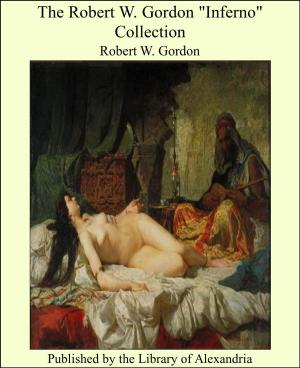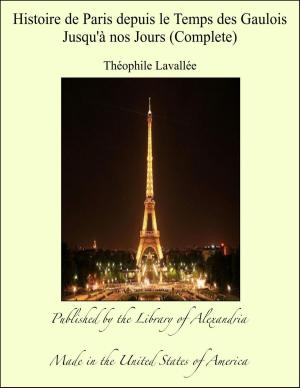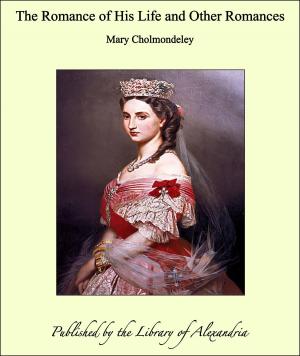The Ancient Bronze Implements, Weapons, and Ornaments of Great Britain and Ireland
Nonfiction, Religion & Spirituality, New Age, History, Fiction & Literature| Author: | John Evans | ISBN: | 9781465611536 |
| Publisher: | Library of Alexandria | Publication: | March 8, 2015 |
| Imprint: | Language: | English |
| Author: | John Evans |
| ISBN: | 9781465611536 |
| Publisher: | Library of Alexandria |
| Publication: | March 8, 2015 |
| Imprint: | |
| Language: | English |
Having already in a former work attempted the arrangement and description of the Ancient Stone Implements and Ornaments of Great Britain, I am induced to undertake a similar task in connection with those Bronze Antiquities which belong to the period when Stone was gradually falling into disuse for cutting purposes, and Iron was either practically unknown in this country, or had been but partially adopted for tools and weapons. The duration and chronological position of this bronze-using period will have to be discussed hereafter, but I must at the outset reiterate what I said some eight or ten years ago, that in this county, at all events, it is impossible to fix any hard and fast limits for the close of the Stone Period, or for the beginning or end of the Bronze Period, or for the commencement of that of Iron. Though the succession of these three stages of civilisation may here be regarded as certain, the transition from one to the other in a country of such an extent as Britain—occupied, moreover, as it probably was, by several tribes of different descent, manners, and customs—must have required a long course of years to become general; and even in any particular district the change cannot have been sudden. There must of necessity have been a time when in each district the new phase of civilisation was being introduced, and the old conditions had not been entirely changed. So that, as I have elsewhere pointed out, the three stages of progress represented by the Stone, Bronze, and Iron Periods, like the three principal colours of the rainbow, overlap, intermingle, and shade off the one into the other, though their succession, so far as Britain and Western Europe are concerned, appears to be equally well defined with that of the prismatic colours.
Having already in a former work attempted the arrangement and description of the Ancient Stone Implements and Ornaments of Great Britain, I am induced to undertake a similar task in connection with those Bronze Antiquities which belong to the period when Stone was gradually falling into disuse for cutting purposes, and Iron was either practically unknown in this country, or had been but partially adopted for tools and weapons. The duration and chronological position of this bronze-using period will have to be discussed hereafter, but I must at the outset reiterate what I said some eight or ten years ago, that in this county, at all events, it is impossible to fix any hard and fast limits for the close of the Stone Period, or for the beginning or end of the Bronze Period, or for the commencement of that of Iron. Though the succession of these three stages of civilisation may here be regarded as certain, the transition from one to the other in a country of such an extent as Britain—occupied, moreover, as it probably was, by several tribes of different descent, manners, and customs—must have required a long course of years to become general; and even in any particular district the change cannot have been sudden. There must of necessity have been a time when in each district the new phase of civilisation was being introduced, and the old conditions had not been entirely changed. So that, as I have elsewhere pointed out, the three stages of progress represented by the Stone, Bronze, and Iron Periods, like the three principal colours of the rainbow, overlap, intermingle, and shade off the one into the other, though their succession, so far as Britain and Western Europe are concerned, appears to be equally well defined with that of the prismatic colours.















